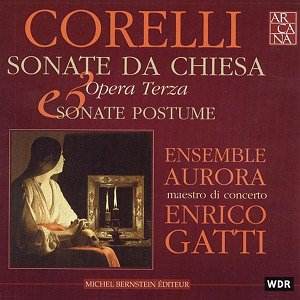 Composer: American
Composer: American
Works: Incredible Flutist – suite (1938), Symphony – The Airborne (1946), Prelude for Orchestra (1953)
Performers: Orson Welles (narrator), Andrea Velis (tenor), David Watson (baritone), Choral Art Society (Blitzstein), New York Philharmonic (Piston, Blitzstein), Columbia Symphony Orchestra (Hill)
Recording: Manhattan Center, NYC, 2 Dec 1963 (Piston), Philharmonic Hall, Lincoln Center, NYC, 18 Oct 1966 (Blitzstein), Columbia 30th St Studio, NYC, 1 Apr 1953 (Hill)
Label: NAXOS
The American classical music landscape is often characterized by its eclectic influences and vibrant creativity, a feature vividly exemplified in this collection of works by Walter Piston, Marc Blitzstein, and Edward Burlingame Hill. Each piece encapsulates a distinct narrative thread reflective of their respective historical contexts, from the interwar period through the post-World War II era. Bernstein’s interpretations, captured live and exuberantly orchestrated, breathe life into this repertoire, illuminating the American spirit through the lens of its composers.
Piston’s “Incredible Flutist” suite stands as a quintessential example of his balletic charm, featuring an array of textures that shimmer with rhythmic vitality. Bernstein’s conducting lends an undeniable theatricality to the performance, highlighting the work’s whimsical character. Although this suite lacks the structural depth found in Piston’s symphonies—particularly the Second and Sixth—its vibrant orchestration and engaging melodies shine under Bernstein’s baton. The suite’s movements evoke a French sensibility akin to that of Satie or Stravinsky, yet filtered through Piston’s unique American lens. The lightness of the flutes dances playfully above the orchestra, creating a delightful confection that is carefully balanced in Bernstein’s interpretation.
Turning to Blitzstein’s “Symphony – The Airborne,” the work’s ambitious scope is underscored by its complex integration of narration, soloists, and chorus. Bernstein’s affinity for Blitzstein, rooted in their mentor-mentee relationship, is palpable throughout the performance. Orson Welles, with his rich baritone and commanding presence, engages with the text in a manner that emphasizes clarity and emotional resonance. The symphony, structured in twelve distinct sections, articulates a narrative of wartime fervor, and Bernstein’s direction expertly navigates the piece’s dynamics—from the stirring “Ballad of the Cities” to the poignant “Night Music: Ballad of the Bombardier.” The orchestral fabric is intricate, and Bernstein’s attention to detail allows the various layers of instrumentation to emerge vividly, particularly the resonant choral passages, which echo Vaughan Williams’ poignant explorations of humanity amidst conflict.
Hill’s “Prelude for Orchestra” introduces a contrasting tonal palette, offering a reflective and atmospheric journey reminiscent of Delius and Roussel. Hill’s style, rooted in a more impressionistic tradition, diverges from the Germanic influences that dominated his contemporaries. This prelude, characterized by its ethereal qualities and delicate orchestration, is rendered with a tender touch by the Columbia Symphony Orchestra. The recording captures a lush soundscape that evokes the vastness of nature, aligning with Hill’s thematic concerns regarding man’s insignificance in the face of the natural world. Bernstein’s interpretation allows for a gentle unfolding of the music’s subtleties, creating a serene environment that contrasts sharply with the brashness of the preceding works.
The sound quality across these recordings is notably commendable, with each piece benefiting from the clarity afforded by the engineering efforts of the era. The balance between soloists and ensemble is maintained effectively, allowing the listener to appreciate the intricate dialogues that arise within the orchestration. Bernstein’s dynamic conducting style, marked by an acute sense of timing and phrasing, enhances the listening experience, making these performances compelling benchmarks in the interpretation of American orchestral music.
An engaging collection emerges from this diverse program, showcasing not only the individual strengths of Piston, Blitzstein, and Hill but also the interpretative brilliance of Bernstein. Each work, while distinct in its character, contributes to a broader narrative of American music that is rich in emotional depth and historical resonance. The performances are vibrant, and the engineering captures the essence of the live experience, making this release an essential addition to the repertoire for those seeking to explore the nuances of American classical music.



